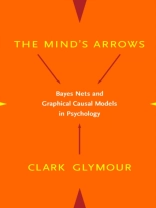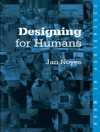The use of Bayes nets and graphical causal models in the investigation of human learning of causal relations, and in modeling and inference in cognitive psychology.In recent years, small groups of statisticians, computer scientists, and philosophers have developed an account of how partial causal knowledge can be used to compute the effect of actions and how causal relations can be learned, at least by computers. The representations used in the emerging theory are causal Bayes nets or graphical causal models.In his new book, Clark Glymour provides an informal introduction to the basic assumptions, algorithms, and techniques of causal Bayes nets and graphical causal models in the context of psychological examples. He demonstrates their potential as a powerful tool for guiding experimental inquiry and for interpreting results in developmental psychology, cognitive neuropsychology, psychometrics, social psychology, and studies of adult judgment. Using Bayes net techniques, Glymour suggests novel experiments to distinguish among theories of human causal learning and reanalyzes various experimental results that have been interpreted or misinterpreted-without the benefit of Bayes nets and graphical causal models. The capstone illustration is an analysis of the methods used in Herrnstein and Murray’s book The Bell Curve; Glymour argues that new, more reliable methods of data analysis, based on Bayes nets representations, would lead to very different conclusions from those advocated by Herrnstein and Murray.
Clark Glymour
Mind’s Arrows [PDF ebook]
Bayes Nets and Graphical Causal Models in Psychology
Mind’s Arrows [PDF ebook]
Bayes Nets and Graphical Causal Models in Psychology
Придбайте цю електронну книгу та отримайте ще 1 БЕЗКОШТОВНО!
Мова Англійська ● Формат PDF ● Сторінки 240 ● ISBN 9780262273961 ● Видавець The MIT Press ● Опубліковано 2001 ● Завантажувані 3 разів ● Валюта EUR ● Посвідчення особи 8104838 ● Захист від копіювання Adobe DRM
Потрібен читач електронних книг, що підтримує DRM












